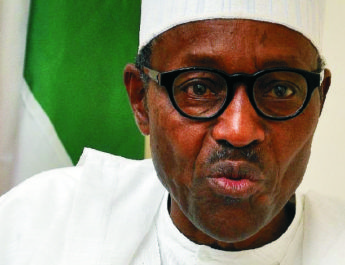Women around the world work an average of 39 days per year more than men do, which breaks down to a full 50 minutes more per day, according to the World Economic Forum’s Global Gender Gap Report 2016.
Current trends suggest it will take another 170 years before there is global equality of the sexes, the report’s authors have found.
The sobering message from the study highlights what it describes as “a dramatic slowdown in progress” with the estimate for when the economic gap between men and women could close slipping to 2186 this year, a severe setback from the 2015 forecast of parity being achieved by 2133.
The report’s authors point to “chronic imbalances” in labor force participation and salaries as key drivers of the disappointing results, with the number of women holding senior positions as another area of continued poor performance.
Concerns the situation could be exacerbated in the future stem from the fact a large proportion of occupations with a preponderance of female workers are set to be among those most likely to be disrupted by technological innovation, potentially leading to a fall in the number of jobs needed to service these particular sectors.
On a country-by-country basis, the usual Scandinavian suspects outperformed with Iceland, Finland, Norway and Sweden picking up – in that order – the top four places. Following the Nordic countries, it was Africa’s Rwanda which beat Ireland to claim fifth place. The U.S. slunk to 45th position out of a total of 144 countries while the U.K. settled into 20th place.
In an email to CNBC, Saadia Zahidi, Head of Gender Initiatives at the World Economic Forum (WEF) said, “A world where women have 68 percent of the same opportunities as men when it comes to health and education, the workplace or in politics equates to a chronic misuse of talent at a time when the global economy needs sustainable, inclusive growth.”
“Addressing bottlenecks preventing progress in education translating into better career opportunities and more political power should be a priority for leaders looking to reverse this trend,” she continued.
Of the four components analysed in the report – Educational Attainment, Health & Survival, Economic Opportunity and Political Empowerment – it is the last which has seen the most significant progress since the WEF first measured the gender gap in 2006.
Equality for this pillar was recorded at 23 percent in 2016, demonstrating a 1 percent uptick on 2015’s findings and a clear 10 percent jump since the first year of measurement.
The report’s conclusions from an economic perspective are all the more disappointing given a stronger educational picture, with women in 95 countries representing at least as many of the university student population as men.
Several companies are seeking to take matters into their own hands, with the most high-profile example being Anglo-Australian mining giant BHP Billiton’s recent announcement it has set a goal of 50 percent of its currently 65,000-strong workforce being comprised of women by 2025.
This month has also seen 60 U.K. financial services group pledge to have women fill at least 30percent of senior roles by 2021 with 13 aiming for gender parity.


